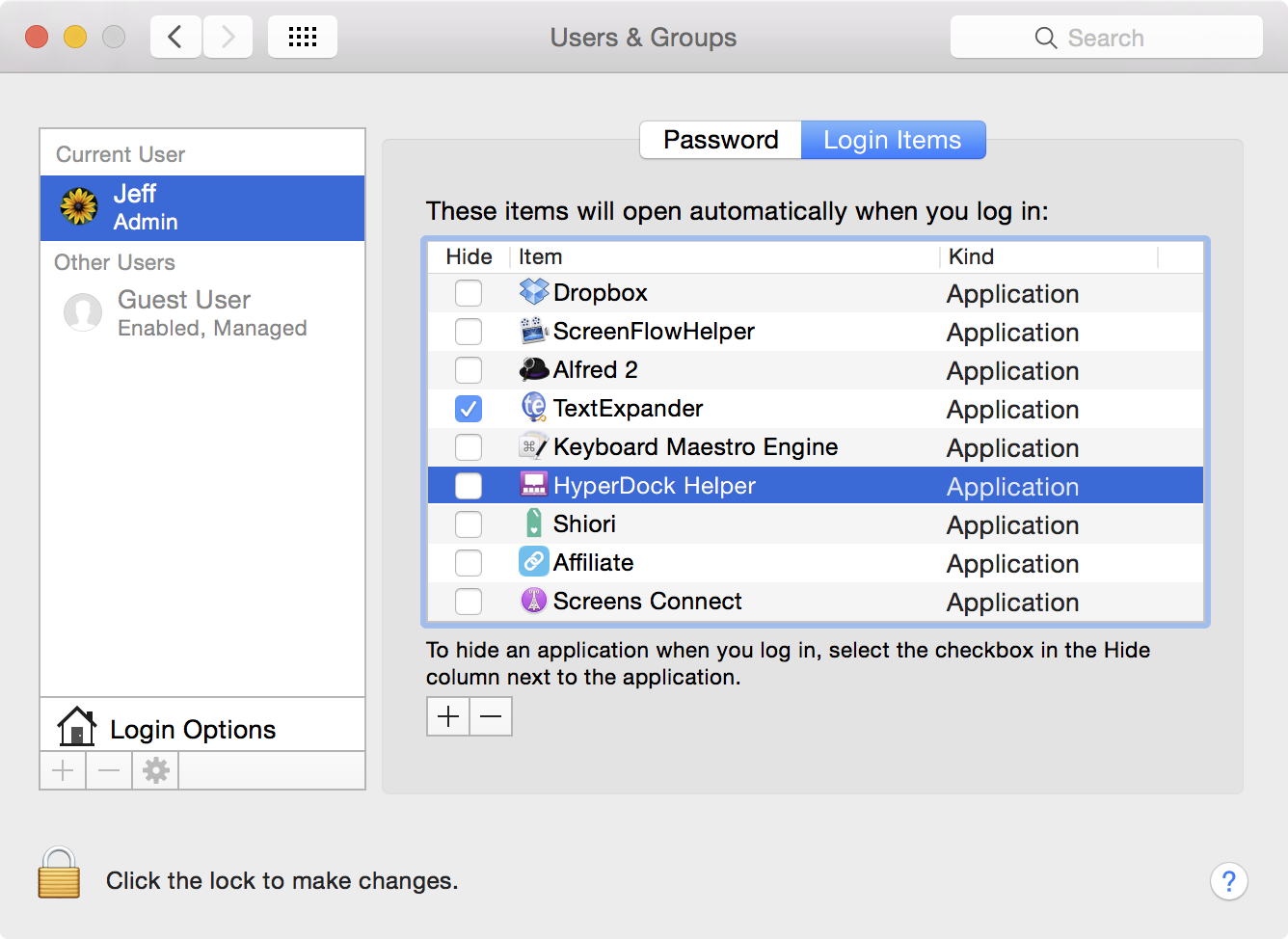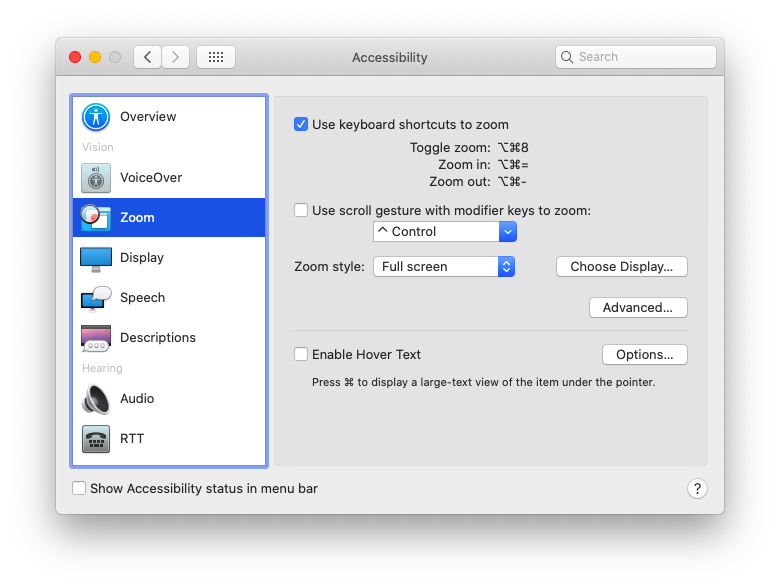Type in your log-in password, press and hold the Shift key before hitting enter. Release the shift key once you see the Dock. The startup apps will not load this time, though they will behave normally otherwise. Delay Startup Apps on Mac Startup. A very simple and basic app dubbed as Delay Start lends you an exciting way to manage startup apps. Instead of temporarily stopping auto-launch apps, delay there starts to fasten the log-in process. Aug 16, 2018 In this case, being familiar with the Mac Startup keys can help you a lot. Therefore, in this post, I will demonstrate everything you need to know about the 20 Most Important Mac Startup Keys. After knowing about them, you can use them anytime you need and get rid of the unwanted trouble. Let’s begin our quest to learn about the Mac Startup keys.
- Mac Keystroke To Start Apps For Android
- Keystroke Logger App
- Force Quit Mac Keystroke
- Mac Key Stroke To Start Apps 2017
Turn on (start up) your Mac
To turn on your Mac, press its power button, which is usually marked . Some Mac notebooks also turn on when you open them, connect them to power, press any key, or press the trackpad.
Learn more about turning on different Mac models below.
Mac notebooks
On MacBook Pro models that have a Touch Bar, Touch ID (power button) is on the right side of the Touch Bar at the top of the keyboard.
On MacBook Air models introduced in 2018 or later, Touch ID (power button) is on the right side of the function keys at the top of the keyboard.
On Mac notebooks with physical function (F1–F12) keys, the power button is a key in the top-right corner of the keyboard.1

Newer Mac notebooks also turn on when you do these things:
- Open the lid of your Mac, even if it's not connected to power.
- Connect your Mac to a power adapter while its lid is open.2
Additionally, MacBook Pro and MacBook Air models introduced in 2018 or later turn on when you press any key on the keyboard or press the trackpad.
Mac desktops
Mac mini
The power button is a circular button on the back of the computer. With the back of the Mac mini facing you, the power button is on the far-left side.
iMac and iMac Pro
The power button is a circular button on the back of the computer. With the back of the computer facing you, the power button is in the lower-right corner.
Mac Pro (2019)
On Mac Pro (2019), the power button is a circular button on the top of the computer, next to the Thunderbolt 3 ports.3
Mac Keystroke To Start Apps For Android
Mac Pro (Rack, 2019)
On Mac Pro (Rack, 2019), the power button is a pill shaped button on the front of the computer, next to the status indicator light.3
Keystroke Logger App

Turn off (shut down) your Mac
The best way to shut down your Mac is to choose Shut Down from the Apple menu .
Just as your Mac follows a startup process after it turns on, it follows a shutdown process before it turns off. That process includes automatically quitting all open apps and logging out of your macOS user account.
If your Mac doesn't shut down, try Force Quit to close any apps that aren't responding. If that doesn't work, press and hold the power button until the Mac turns off.
Press and hold the power button to turn off your Mac only if it isn't responding. You'll lose unsaved changes to any documents that you have open.
If your Mac doesn't turn on
If your Mac doesn't turn on, check your power connection, and if you're using a Mac notebook, make sure that its battery has some charge. You can also try holding down the power button for ten seconds, then pressing the power button again to see if the Mac turns on. Learn more about what to do if your Mac doesn't turn on.
If your Mac turns on but doesn't start up completely, you can use safe mode to isolate issues with your Mac.
Learn more
Force Quit Mac Keystroke
- You can also put your Mac to sleep, which is different than shutting down. Learn more about sleep and the other Energy Saver settings on your Mac.
- Learn keyboard shortcuts for sleep, log out, and shut down.
Mac Key Stroke To Start Apps 2017
1. On earlier Mac notebook models, the power button is a circular button next to the keyboard.
2. To start up your MacBook Pro or MacBook by plugging it in, make sure to use an AC adapter that provides sufficient power, like the one that came with the computer. Your Mac notebook's battery must have some charge to start up when you connect it to power.
3. On earlier Mac Pro models, the power button is a circular button on the back of the computer or on the front of the computer above the headphone jack.